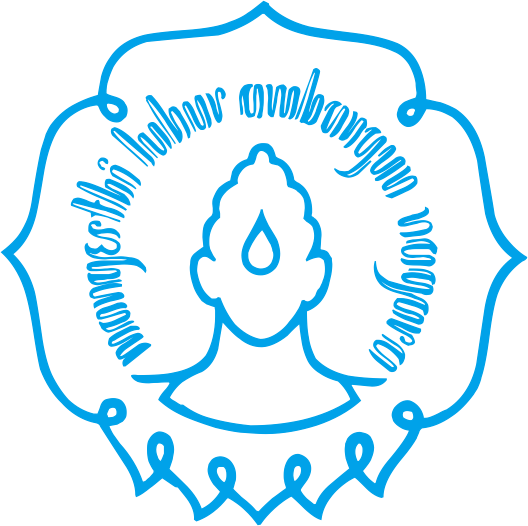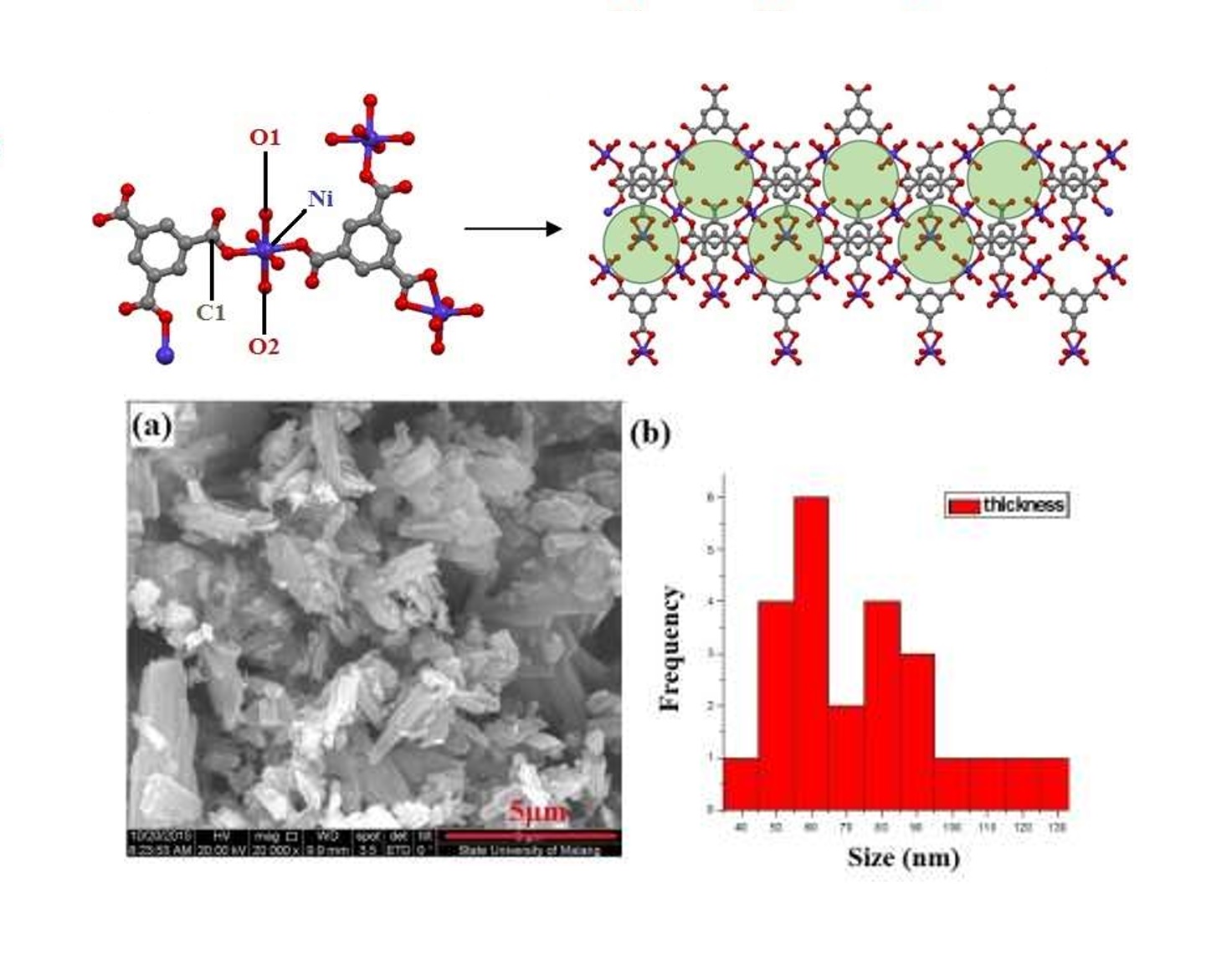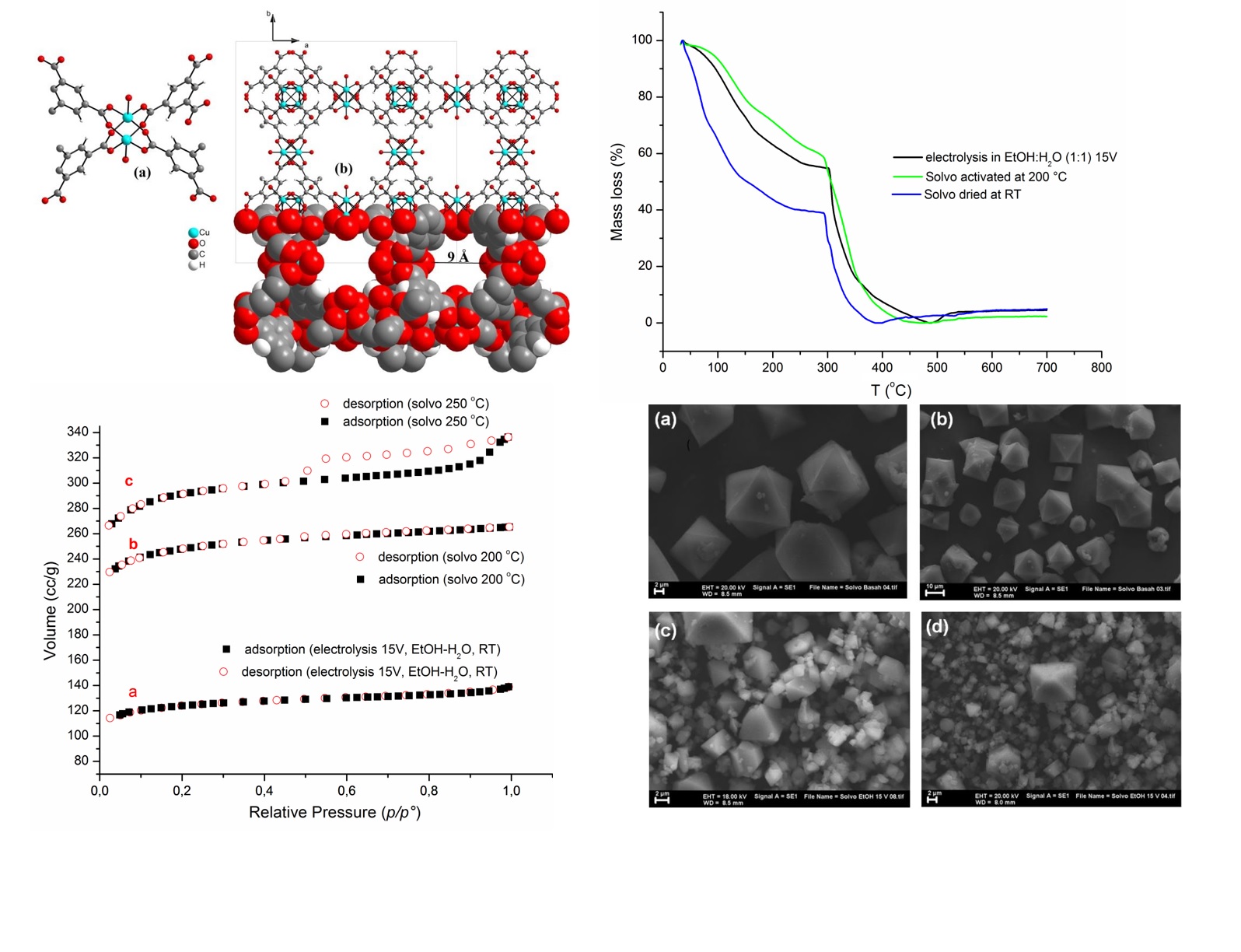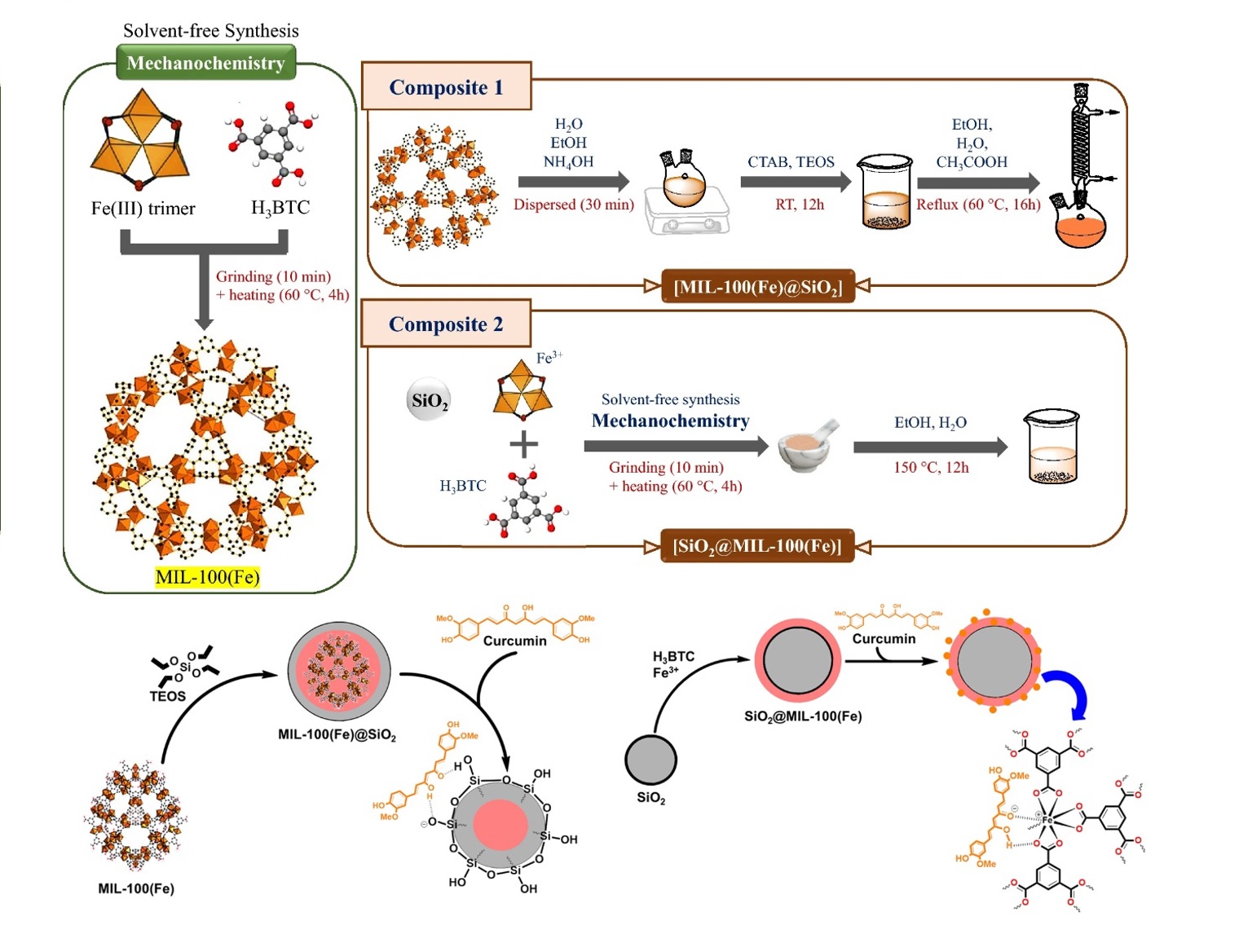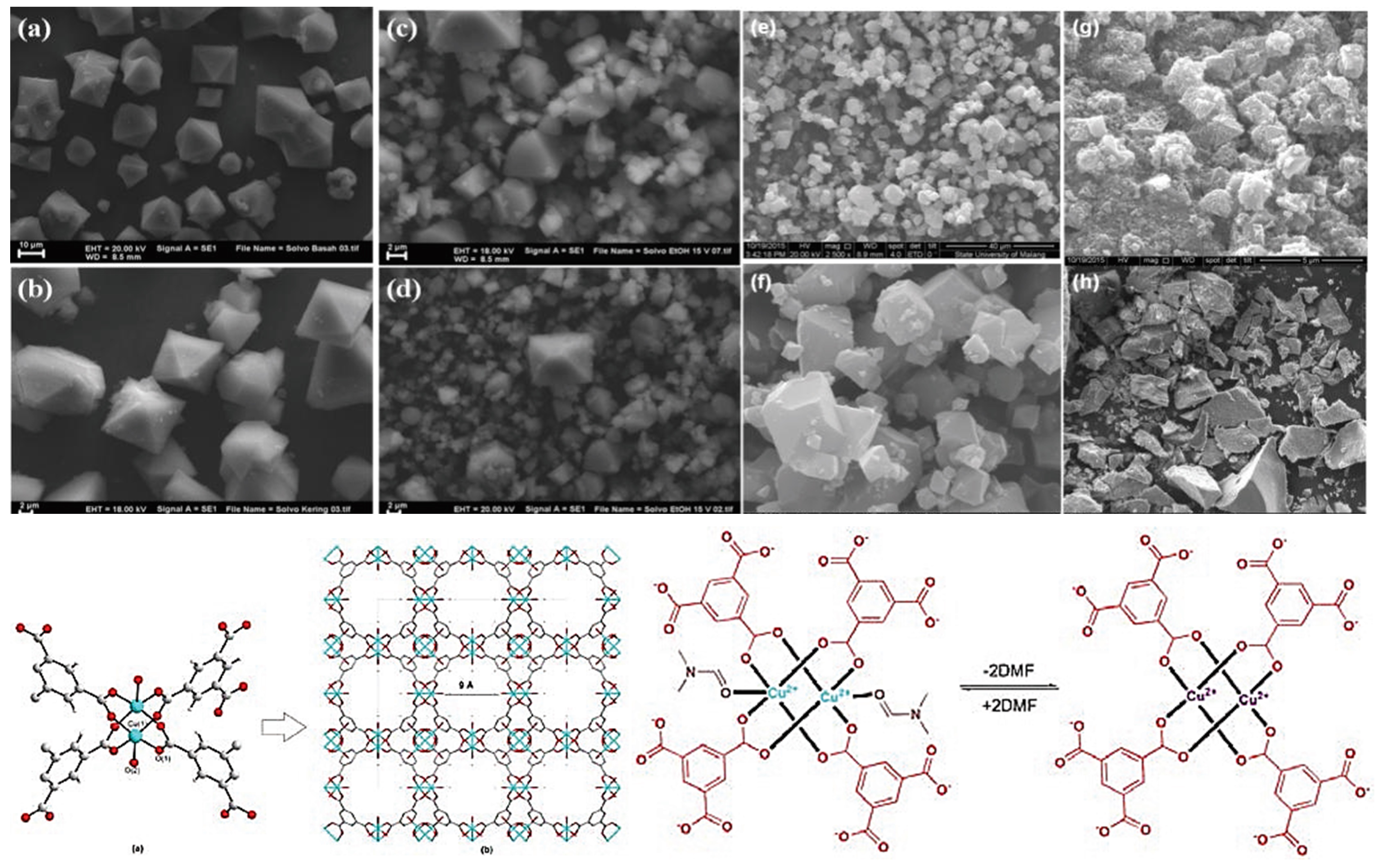Research Overview
Innovation method, rational design, synthesis, modification, and characterization of porous materials (zeolites, metal-organic frameworks, coordination polymers) or metal complexes as the applied organometallic chemistry in energy storage and conversion, biomedicine, environmental protection, and catalyst application.
